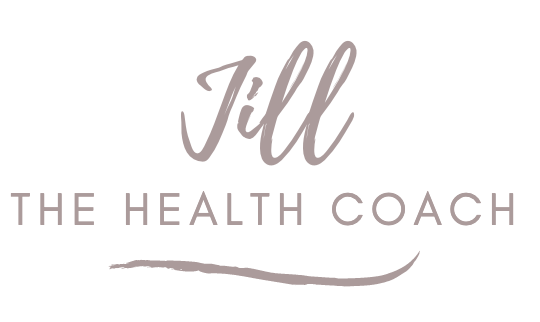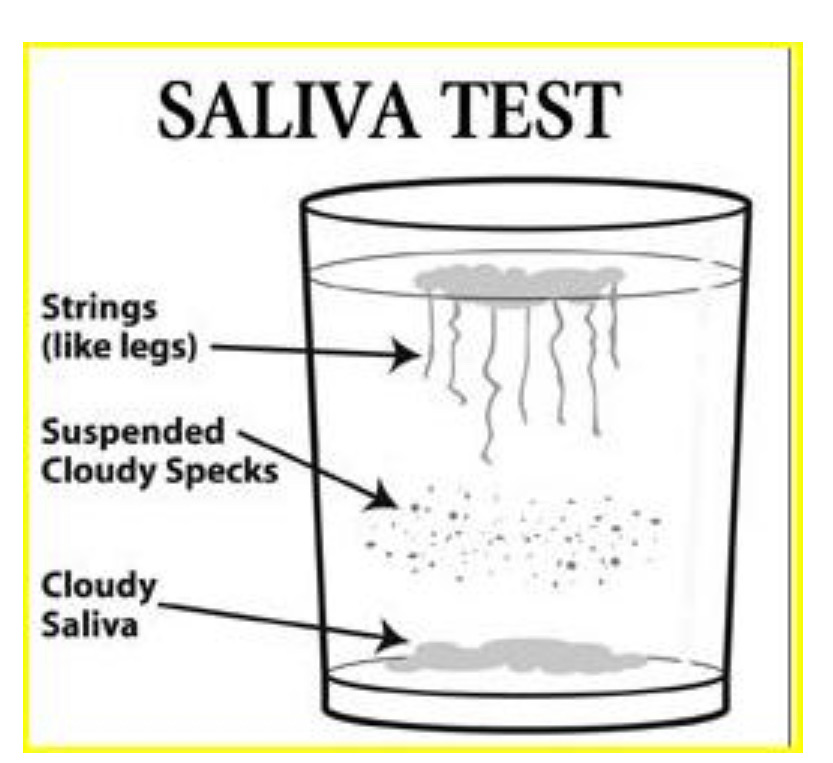Do you suffer from the following symptoms?
· Constant fatigue and low energy
· Headaches and/or migraines
· Constipation or diarrhea
· Gas or bloating
· Food allergies or intolerances
· Skin infections or rashes in mouth or sexual organs
· Recurring vaginal infections
· Recurring UTIs
· Muscle weakness, stiffness (especially neck and shoulder)
· Weight gain
· Irritability or moodiness
· Respiratory problems including asthma, chronic cough, sinus infections
· Flu-like symptoms
While these symptoms seem to be very different, they could all be from one root cause-Candida.
What is Candida?
Candida is a fungus which is a form of yeast and is part of the microorganisms that live in your mouth and intestine. Everyone has Candida and it is no problem until there is an overgrowth of it.
What causes Candida overgrowth?
Candida is often termed as “bad bacteria” as the overgrowth can lead to the above symptoms. However, it really is a brilliant form of defense that your body utilizes.
When undigested foods, (typically carbohydrates such as sugar, processed foods and starches that turn into sugar) sits in the colon and starts to ferment, it can cause damage. Fermentation causes gas and this can cause breaking down of the lining of the colon.
So the brilliant body calls in its troops to eat up the undigested food to prevent any damage to the gut lining. That “army” is the fungus/bacteria candida. It gobbles up the undigested food. However, the more undigested food present, the more candida is needed to clean it up, thereby causing an overgrowth of candida.
However, why is food undigested in the first place?
It has to do with the quality of the food and what the body can effectively break down. It also has to do with the body’s ability to break down the food into small enough particles to get absorbed into the colon lining and then into the body’s cells.
Our lifestyles of high stress, eating quickly and the type of food inhibit our ability to produce the correct amount of food enzymes needed break down the food so it can actually be absorbed and utilized. So, really, candida is more a symptom of the inability of being able to digest foods properly.
In addition, over use of antibiotics or steroids contribute to the overgrowth of Candida. These medications work by killing the “bad” bacteria to combat symptoms of illnesses, but kill the “good” bacteria as well (which protect your body from overgrowth). The widespread use of antibiotics used in animal feed end up in our meats also expose us to long term, low levels of antibiotics.
What are some effects of Candida?
There are many and seemingly unrelated effects as you can see by the above list. Ultimately, too much yeast can cripple the immune system, causing chronic viral and bacterial infection or in the form of allergies. Yeast can damage the intestinal wall, allowing food particles and toxins to enter the blood stream. The body then produces antibodies to fight these foreign substances and typical “allergic” reactions may occur, such as eczema and hay fever, along with headache, dizziness, heart palpitations, anxiety, fatigue and muscle aches. Yes, it’s amazing the effect these little critters can have on your whole body.
One of the more frustrating effects is weight gain and sugar cravings. The Candida feeds on sugar and therefore your body is craving the very thing that is harming it! Understand that it is not actually YOU that is craving sweets, but the Candida. Once you stop feeding it, though, the cravings “magically” disappear.
I battled Candida myself for a while with my symptoms being terrible sugar cravings and heightened sensitivities to different food, such as wine. I would start to get congested after a few sips. Sometimes I would even experience flu-like symptoms for a few days after. No, this wasn’t from having 10 glasses of wine and suffering from a hangover, either! After eradicating my candida, I can now enjoy a glass of wine without fear of a bad reactions. Yes, many food allergies magically disappear when Candida issues are cleared up.
How do you know if you have Candida?
If you have any of the above symptoms, you most likely have some candida. Another good test is to do this at home saliva/spit test (see above diagram):
The ideal time to do the Candida spit test is first thing in the morning before brushing your teeth.
Step 1 – First get a clean, clear glass and rinse it out to ensure there are no dust particles inside. Then fill the glass up with some cold tap water (around 3/4 full).
Step 2 – Work-up some saliva in your mouth, then spit out into the water filled glass.
Step 3 – Leave the glass on a level surface for 1-5 minutes.
Step 4 – See Result – Observe what happened inside the glass:
Any of these 3 signs may suggest that there is Candida overgrowth present within your body:
– There are strings running down from the saliva at the top.
– The water has turned cloudy or has cloudy specks.
– The saliva has sank to the bottom of the glass.
How do you get rid of Candida?
First, you must eliminate the very thing that is feeding the yeast in the first place and that is sugar and processed foods.
Compare it to your house being on fire. I would bet the last thing you would do is to add firewood or pour gasoline on your house iI it was burning. That would just “fuel” the fire. It works the same with Candida. They are like little pac men waiting around with their mouths open ready to be fed and multiply. However, if there is nothing for them to eat, they die off.
Second, it is so important to eat foods that are high in good bacteria. I recommend fermented vegetables such as sauerkraut, kimchi and drinks such as kombucha and kefir are all loaded with great probiotics and help crowd out the bad bacteria.
While I don’t necessarily recommend dairy products, yogurt also has good bacteria or “probiotics” in it. Probiotics are the good bacteria your body needs to defend itself against foreign invaders in the gut.
BEWARE of the yogurt you buy. Many common yogurts in the supermarkets contain a ton of sugar which completely counteract any benefit you would receive. Be sure to always get Greek plain organic yogurt. You can always add your own honey or fruit to it as a much safer option.
Third, I strongly recommend a good quality probiotic to crowd out that bad bacteria or candida. There are some vitamins where the quality isn’t as important. Probiotics are not one of them. Probiotics are living organisms and are fragile and sensitive. As a matter of fact, more than 93% of the probiotics found in traditional probiotic products will be dead by the time they reach your gut (the final destination that they must reach alive and well in order to provide you with their beneficial properties).
My clients are getting the best result with MegaSporeBiotics right now which can only be purchased from a practitioner (like myself!). The best part about MegaSpore is that it not only helps crowd out the bad bacteria such as candida but has shown in studies that it actually helps heal the lining of the colon and and can help resolve a “leaky gut.”
In addition, I recommend taking plant-based food enzymes to help break down your food, so it is not left sitting in your gut to ferment in the first place. Again, I recommend practitioner-grade enzymes that were developed by the “Father of Enzymes,” Howard Loomis that I have found to be most effective with my clients.
I do not necessarily recommend taking antibiotics or prescription anti-virals as these may be the very thing that started the yeast overgrowth in the first place! They may give temporary relief, but the candida inevitably seems to return. It is important to stick with herbal products so that you are not destroying the good bacteria, which protect us from yeast overgrowth in the first place.
It can be overwhelming to try to get rid of these buggers on your own. But once you do, it can truly be life-changing.
I offer a comprehensive and personalized easy to follow program with food options and effective supplementation. Feel free to contact me here for more info.
All material in this newsletter is provided for information only and may not be construed as medical advice or instruction. No action or inaction should be taken based solely on the contents of this publication;instead readers should consult appropriate health professionals on any matter relating to their health and well-being. The information provided has not been approved the Food & Drug Administration and is not intended to diagnose, treat, cure, or prevent any illness or disease.

